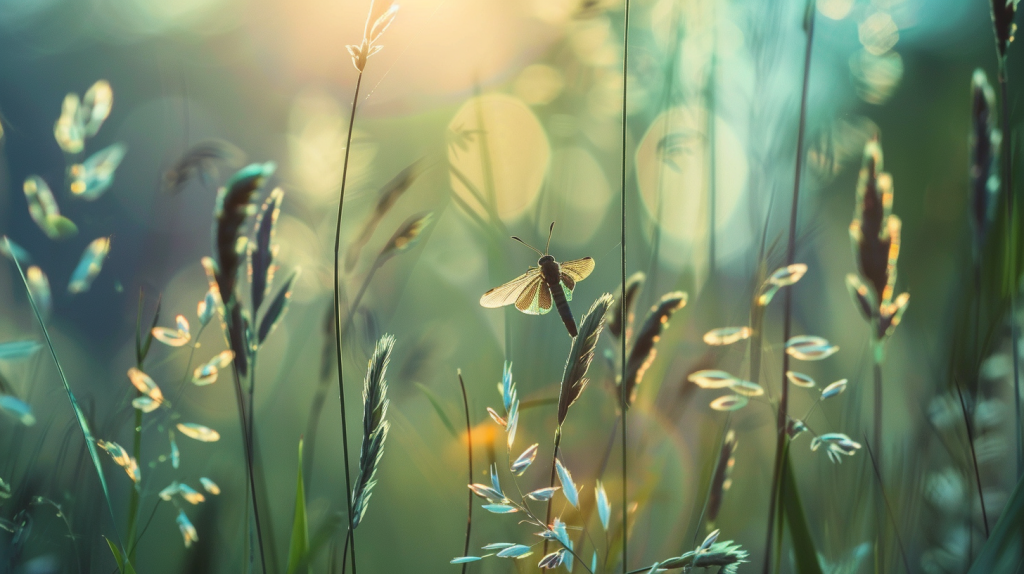Insects are some of the most diverse and fascinating creatures on our planet. Often overlooked, these tiny beings perform extraordinary feats that can surprise even the most seasoned nature enthusiasts. From intricate communication systems to remarkable survival strategies, insects demonstrate the wonders of nature in miniature form. Here are 19 lesser-known wonders of the insect world that highlight their incredible abilities and adaptations.
Ants Farm Fungi
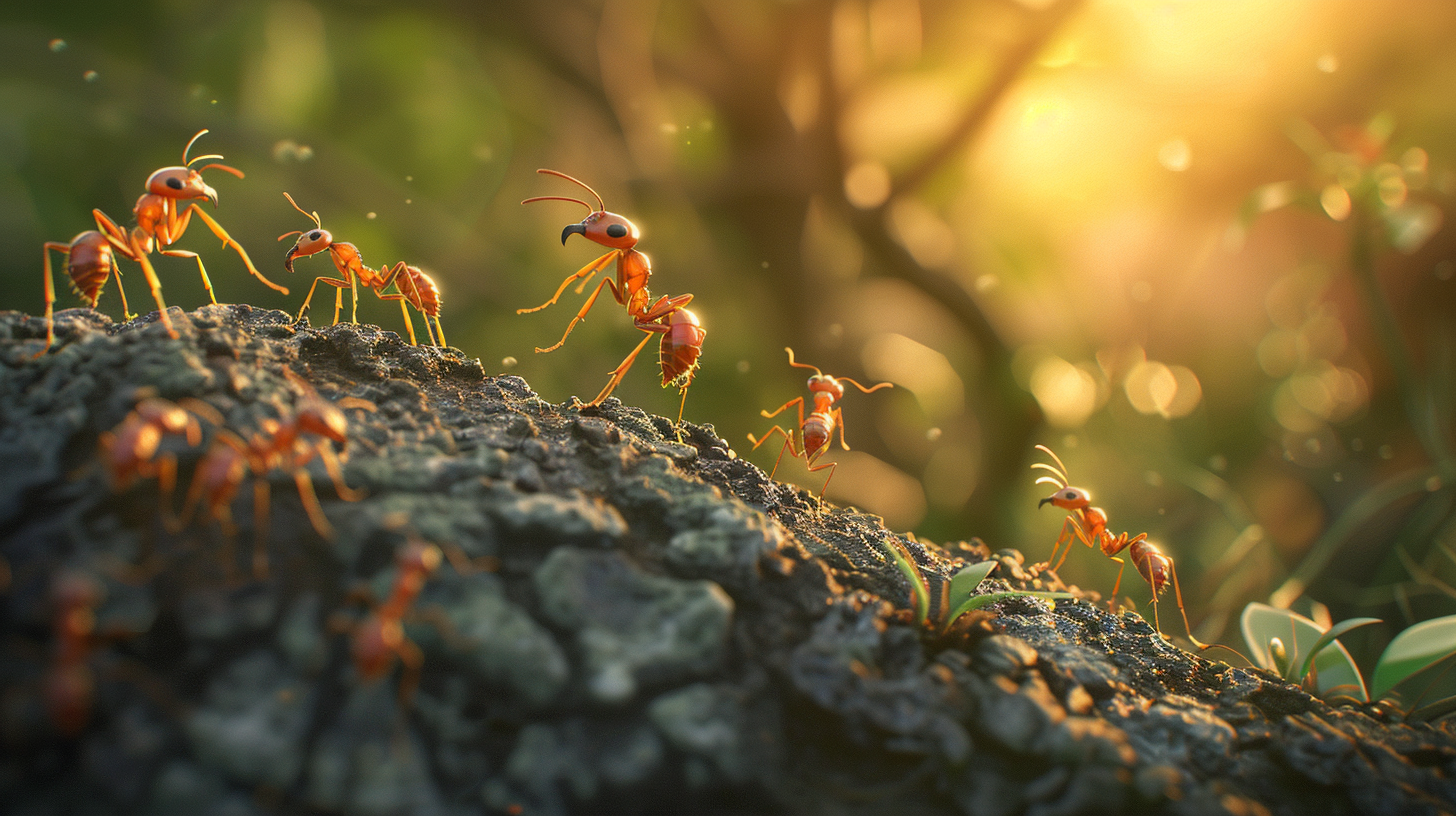
Leafcutter ants are famous for their farming skills. They cut leaves and carry them back to their nests to cultivate fungi, which they use as their primary food source. This symbiotic relationship benefits both the ants and the fungi.
Bees Communicate Through Dance
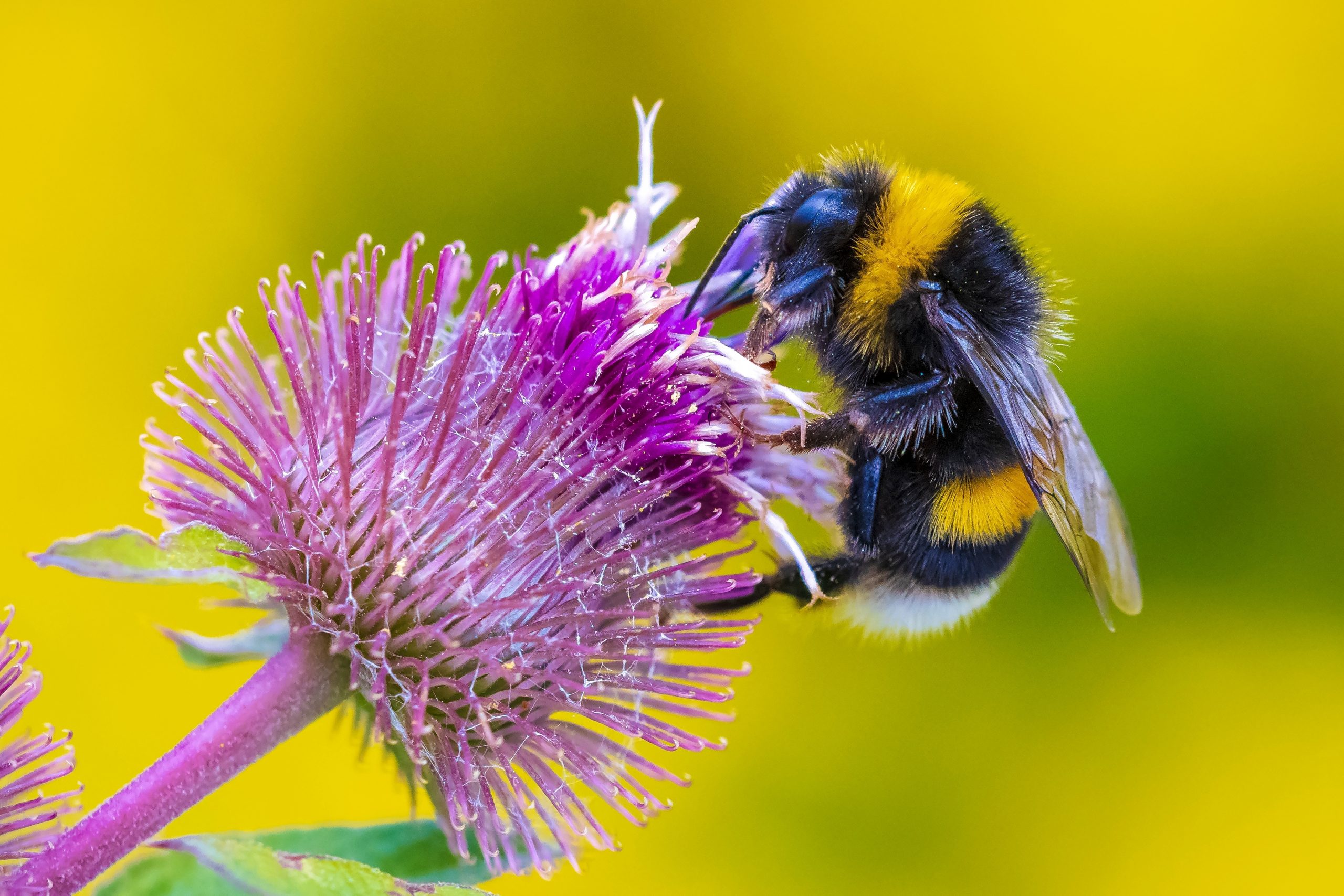
Honeybees perform a “waggle dance” to communicate the location of food sources to their hive mates. The dance conveys distance and direction, showcasing their sophisticated communication methods.
Dragonflies Are Master Fliers
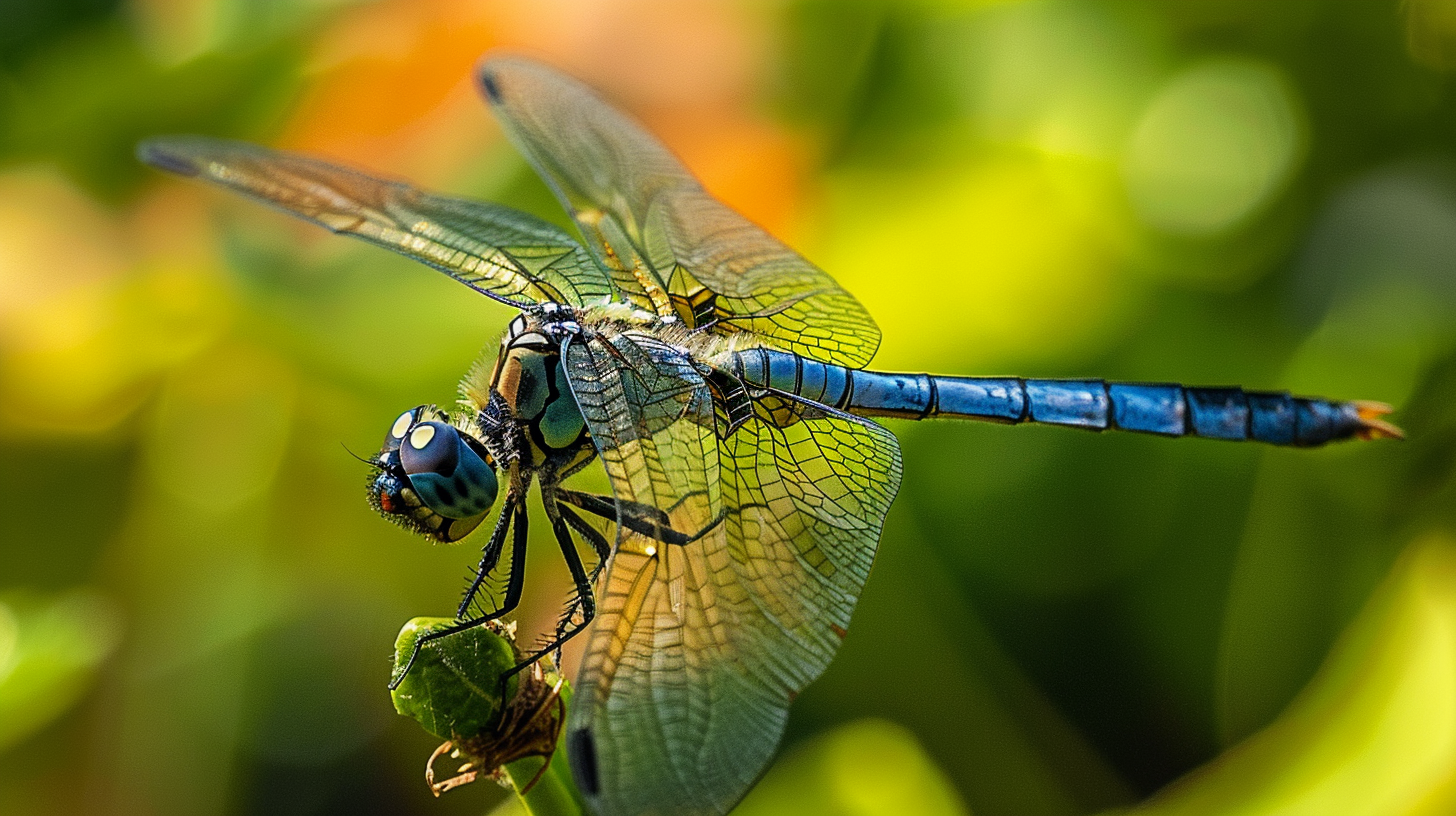
Dragonflies can fly in any direction, including backward, and hover in place. They have incredible agility and speed, making them some of the most proficient fliers in the insect world.
Termites Build Air-Conditioned Homes
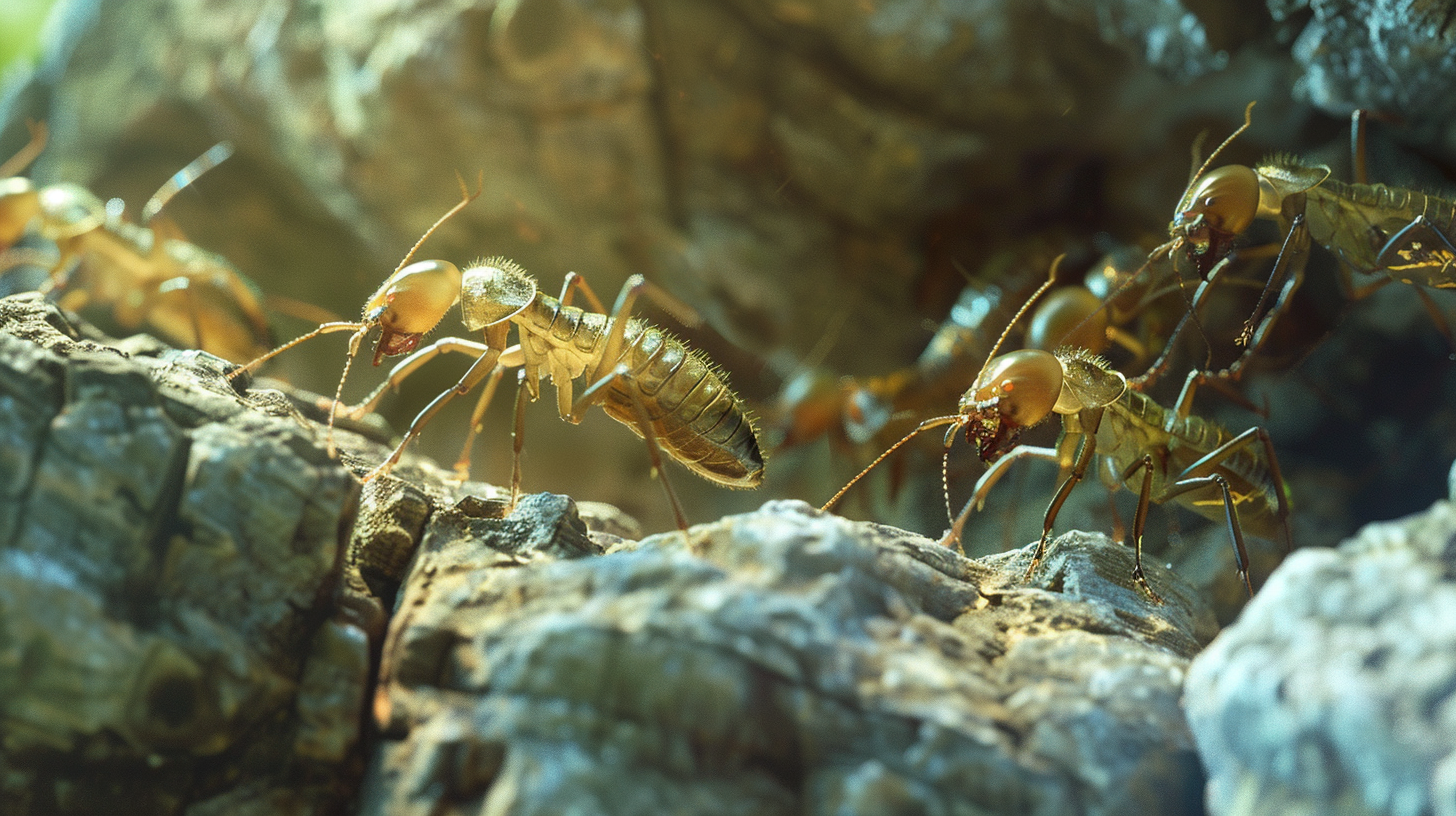
Termites construct complex mounds with natural ventilation systems. These structures regulate temperature and humidity, creating a stable environment for the termite colony.
Fireflies Use Bioluminescence

Fireflies produce light through a chemical reaction in their bodies. This bioluminescence is used to attract mates and communicate, creating magical light displays during summer nights.
Aphids Give Birth to Live Young
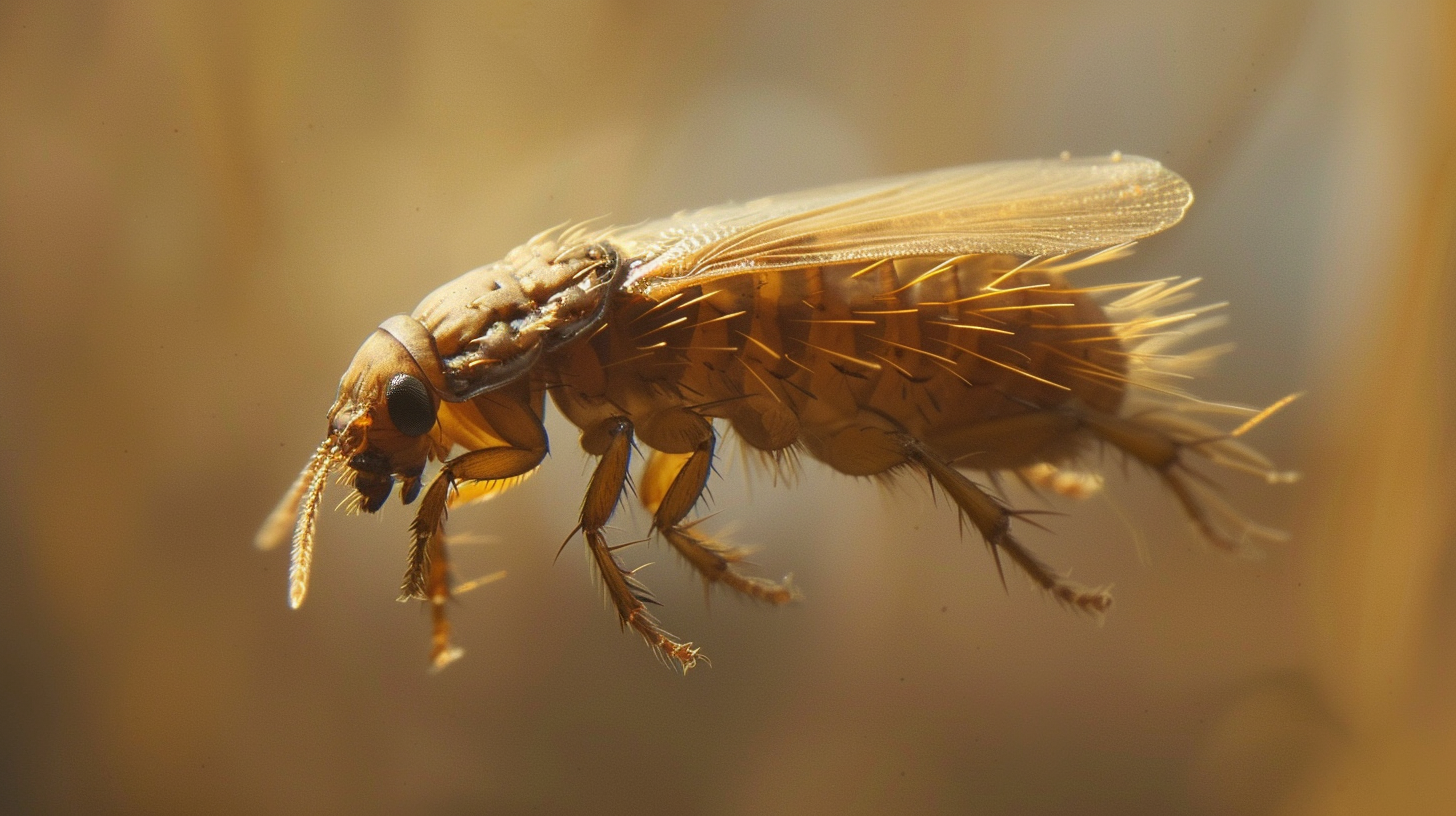
Some aphids can reproduce through a process called parthenogenesis, where females give birth to live young without fertilization. This allows them to rapidly increase their population.
Butterflies Taste with Their Feet
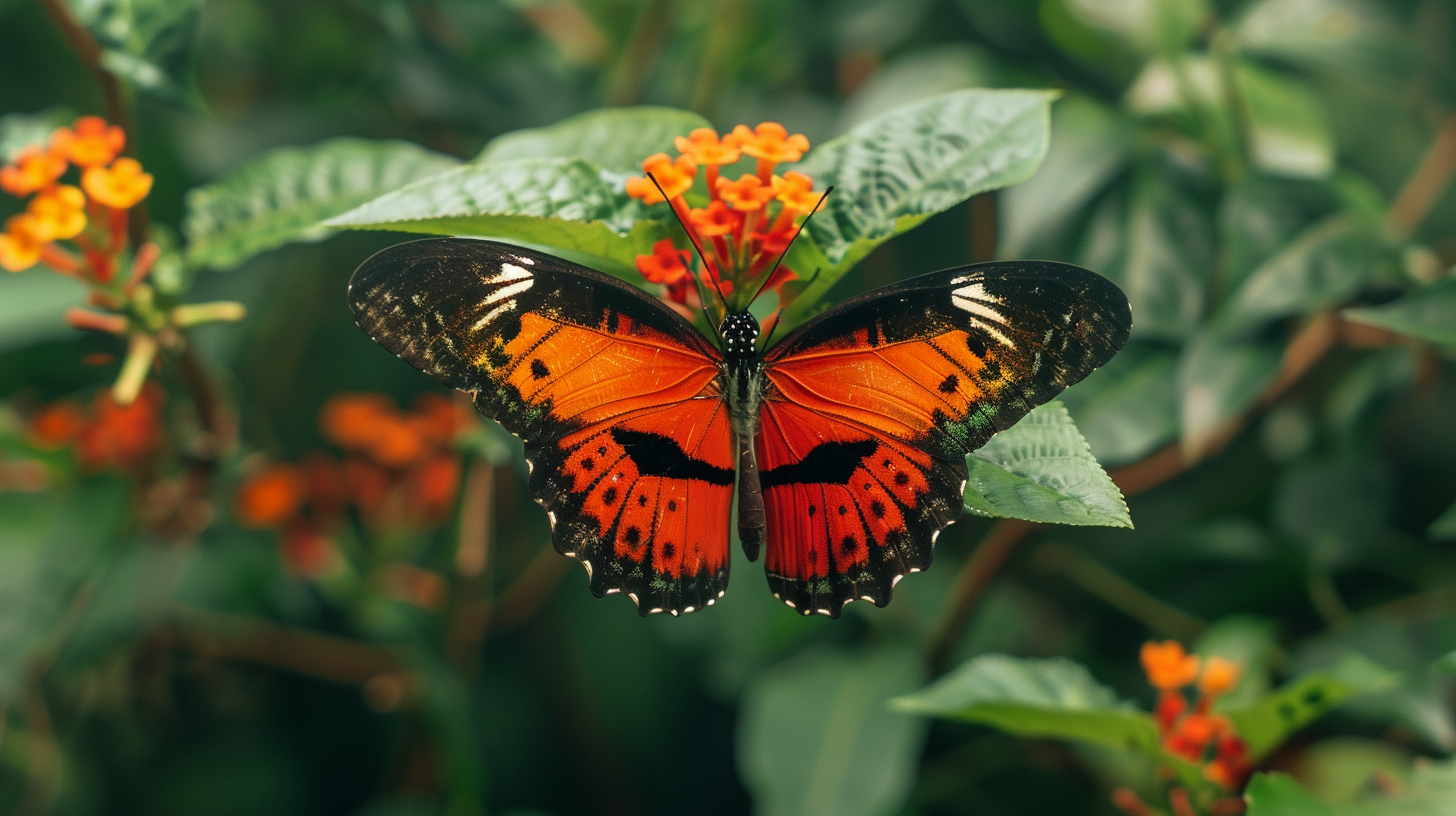
Butterflies have taste receptors on their feet, which they use to detect suitable plants for laying their eggs. This adaptation helps ensure their larvae have the best chance of survival.
Cicadas Sing in Unison
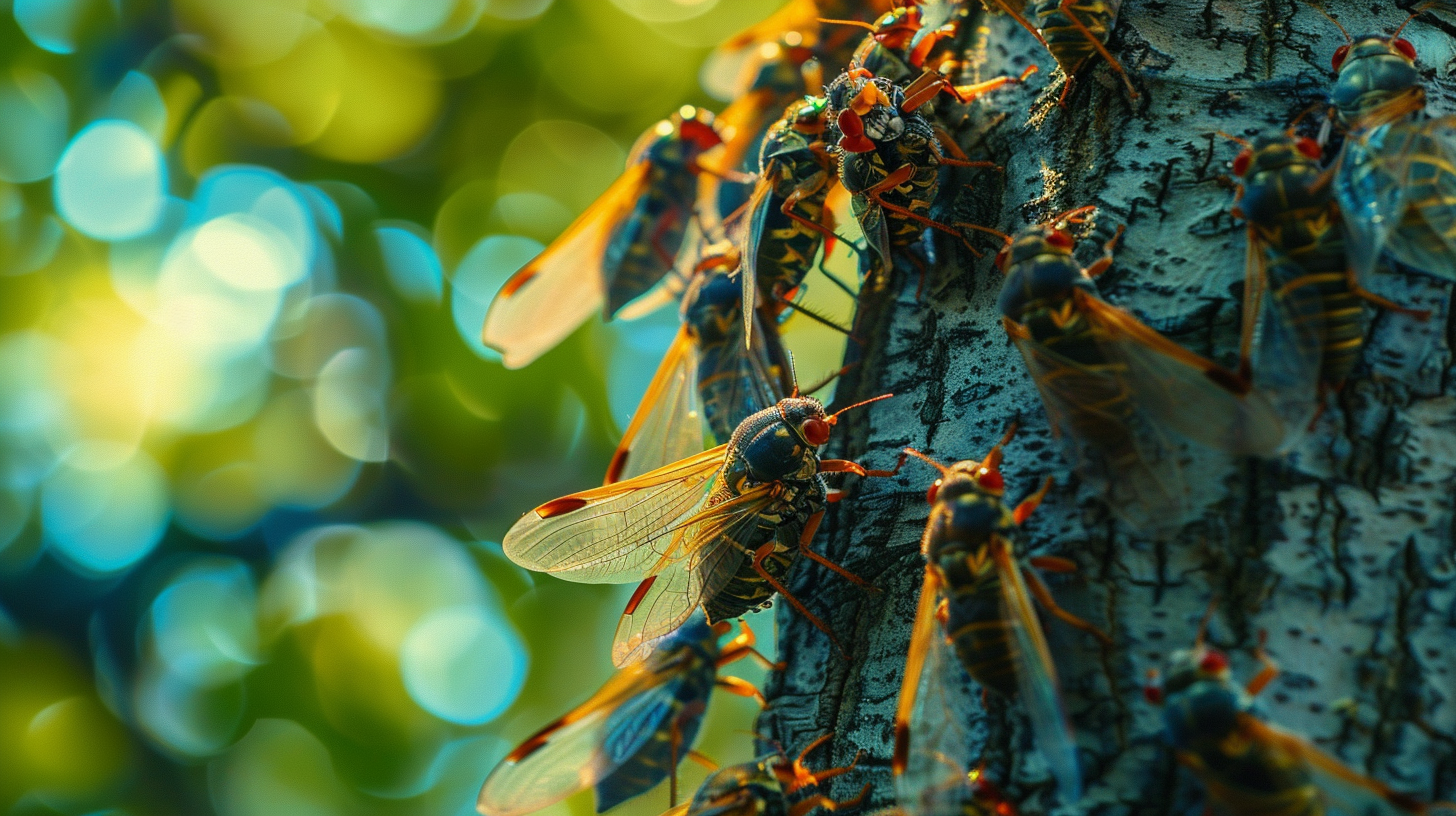
Male cicadas produce loud, rhythmic songs to attract females. They synchronize their singing with other males, creating a chorus that can be heard from miles away.
Bombardier Beetles Explode in Defense
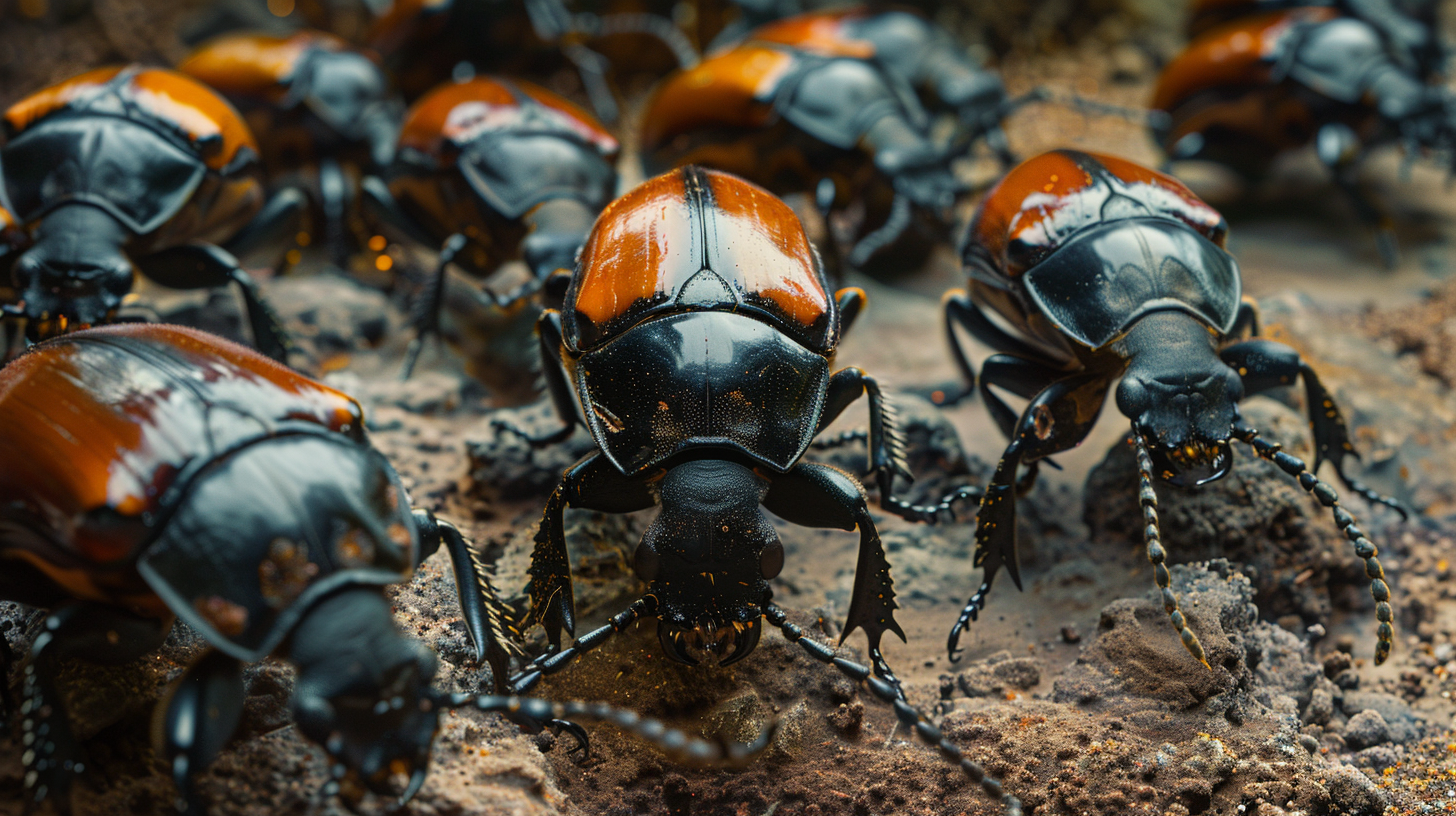
Bombardier beetles have a unique defense mechanism where they spray a hot, noxious chemical from their abdomen. This explosive reaction deters predators and is a remarkable survival strategy.
Praying Mantises Have Excellent Vision

Praying mantises have stereoscopic vision, allowing them to judge distances accurately and strike their prey with precision. Their large, compound eyes provide a wide field of view.
Fleas Are Incredible Jumpers

Fleas can jump up to 200 times their body length. This ability is due to their powerful hind legs and elastic protein called resilin, making them one of the best jumpers in the animal kingdom.
Ladybugs Play Dead
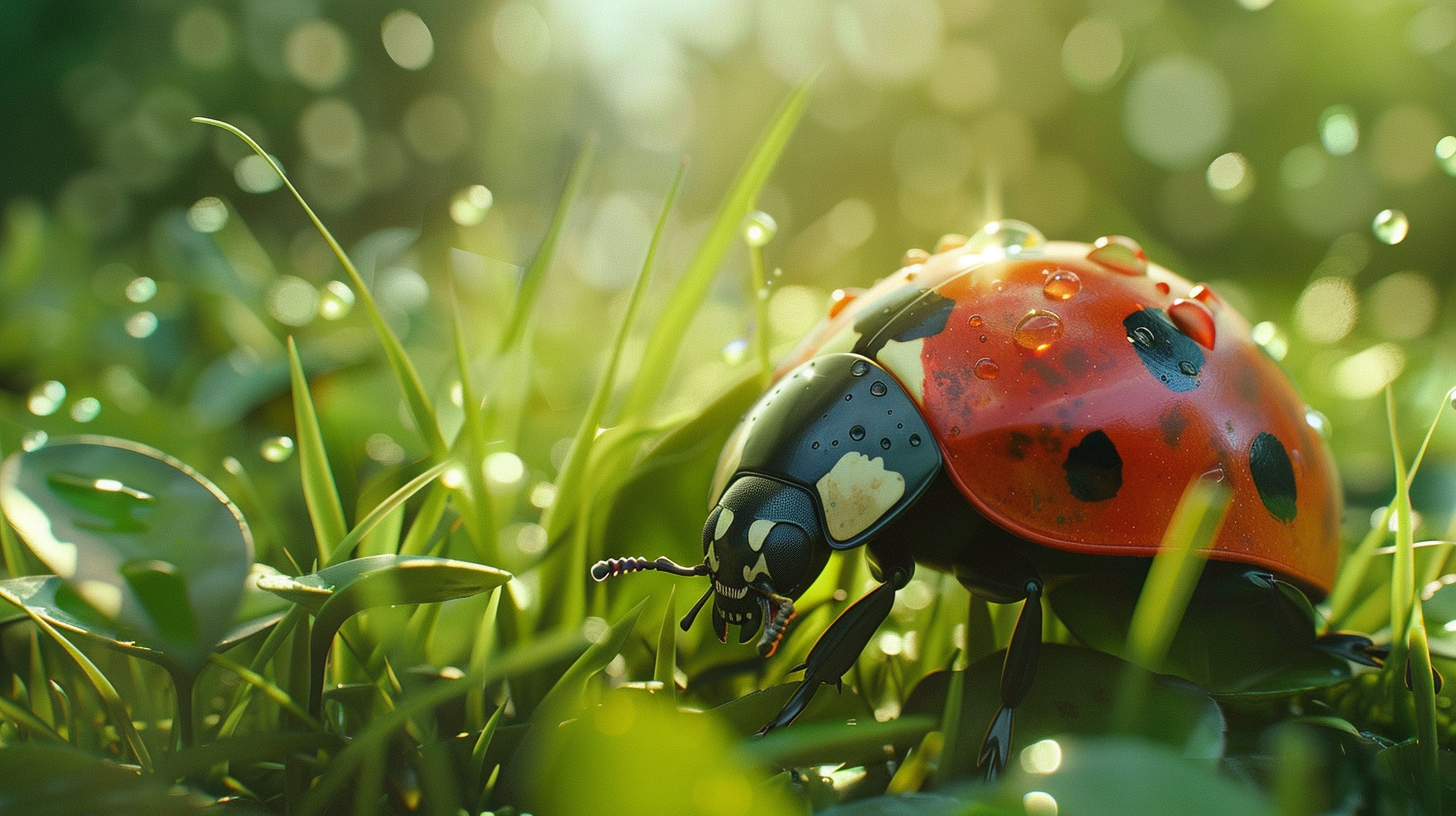
When threatened, ladybugs can play dead to avoid predators. They also secrete a foul-tasting fluid from their legs, making them less appealing to potential threats.
Ant Lions Build Sand Traps
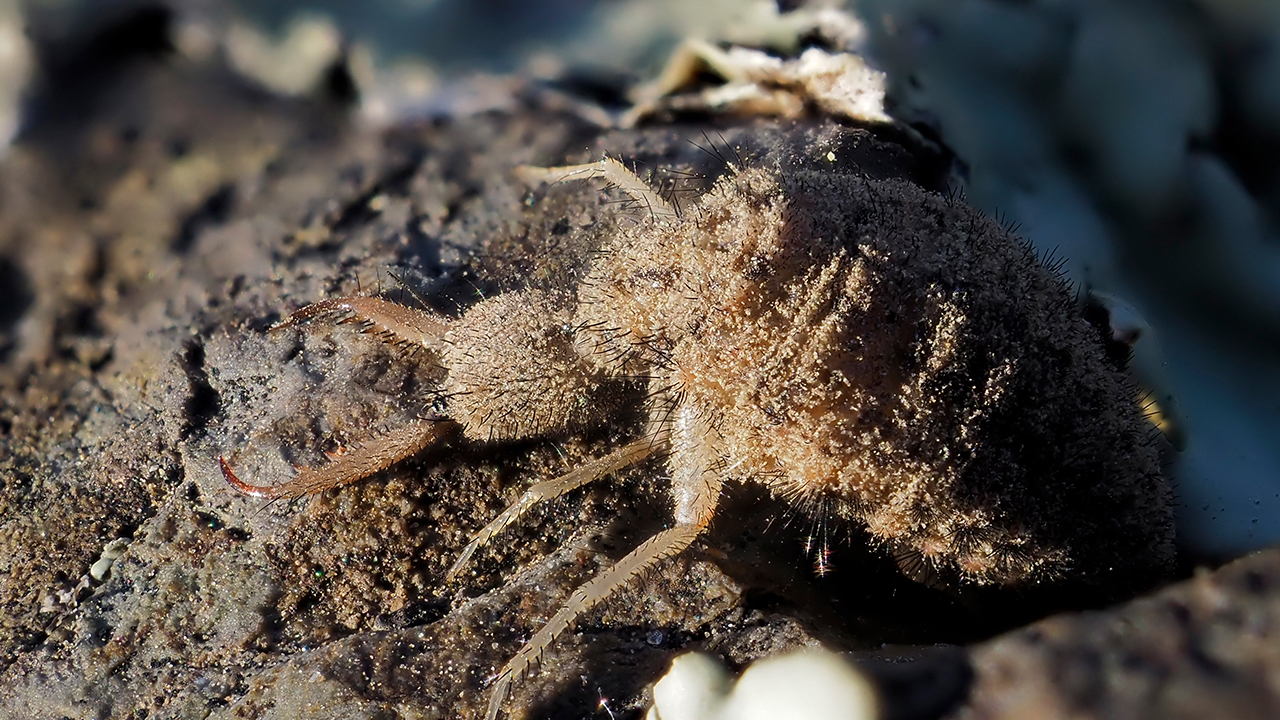
Ant lion larvae dig conical pits in sandy soil to trap ants and other small insects. When prey falls in, the ant lion swiftly captures and devours it, demonstrating an effective hunting strategy.
Orchid Mantis Camouflages Perfectly
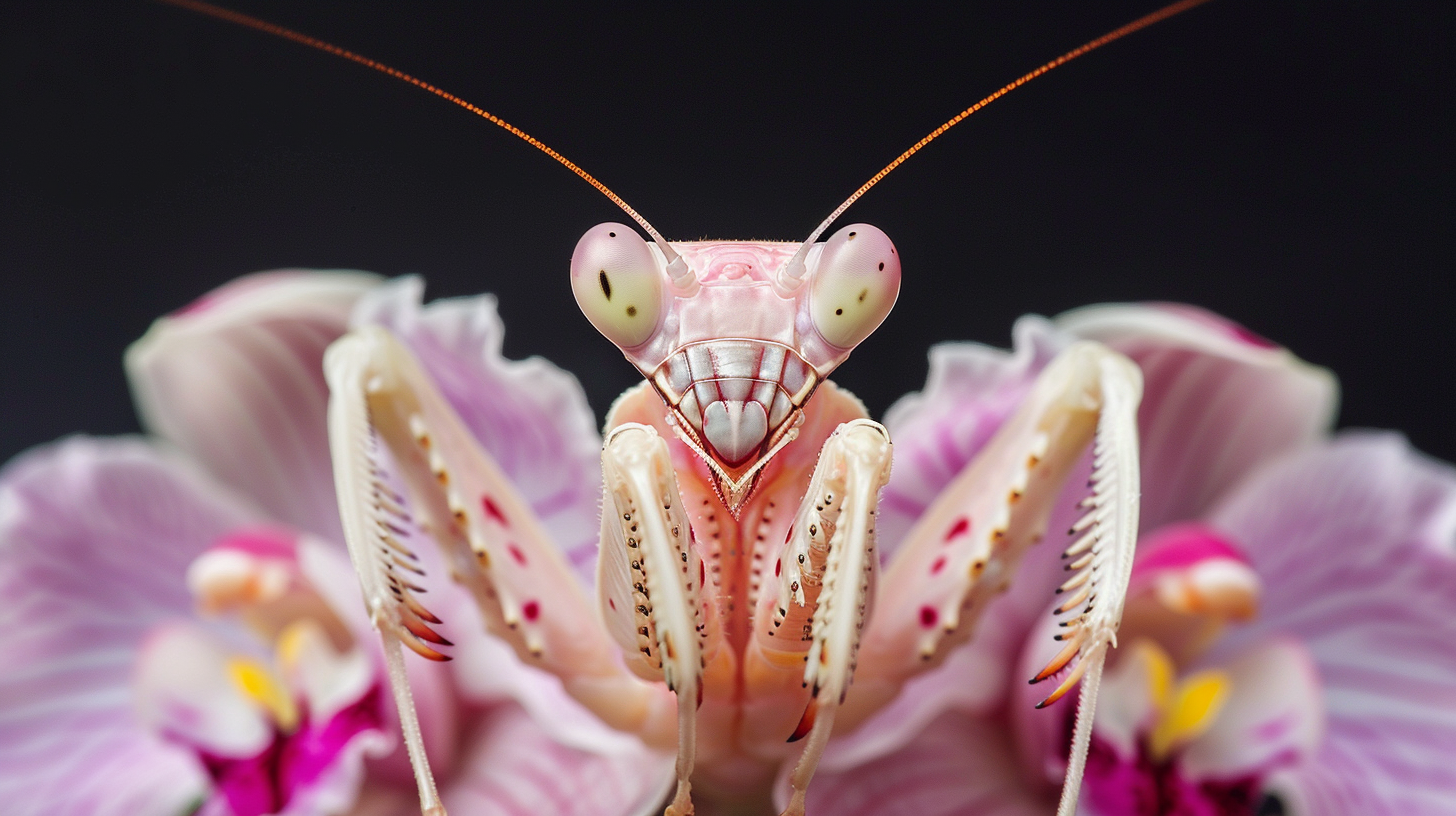
The orchid mantis mimics the appearance of an orchid flower, blending in perfectly with its surroundings. This camouflage helps it ambush unsuspecting prey that come too close.
Walking Sticks Look Like Twigs
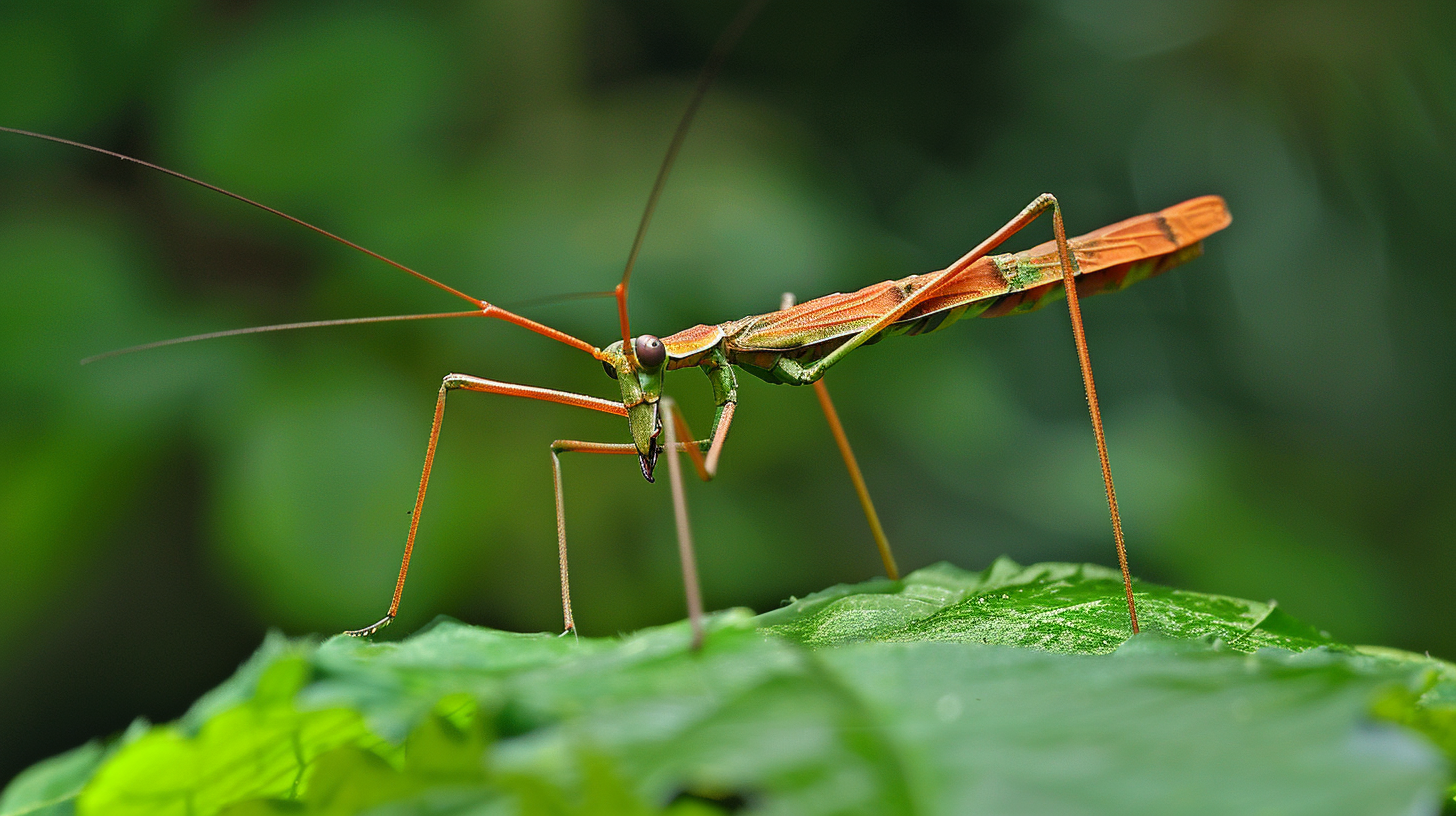
Walking stick insects have bodies that resemble twigs and branches. This camouflage makes them nearly invisible to predators, allowing them to avoid detection.
Army Ants Have Nomadic Lifestyles
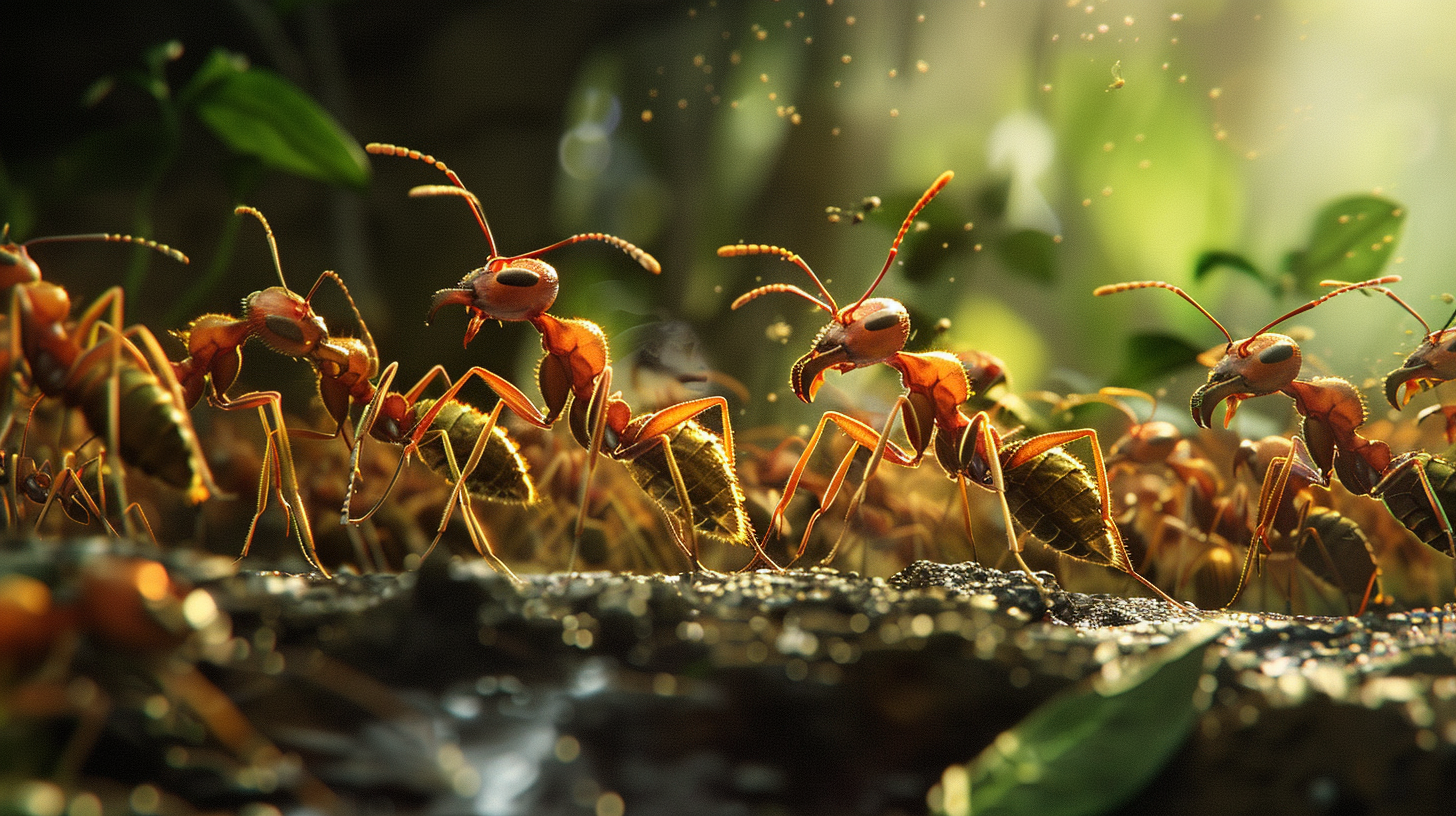
Army ants are known for their aggressive foraging behavior and nomadic lifestyle. They form large swarms that move continuously, hunting insects and other small animals.
Dung Beetles Navigate Using the Stars

Dung beetles can navigate using the Milky Way galaxy. They roll dung balls in a straight line, guided by the stars, to ensure they transport their food to a safe location.
Spittlebugs Create Protective Foam
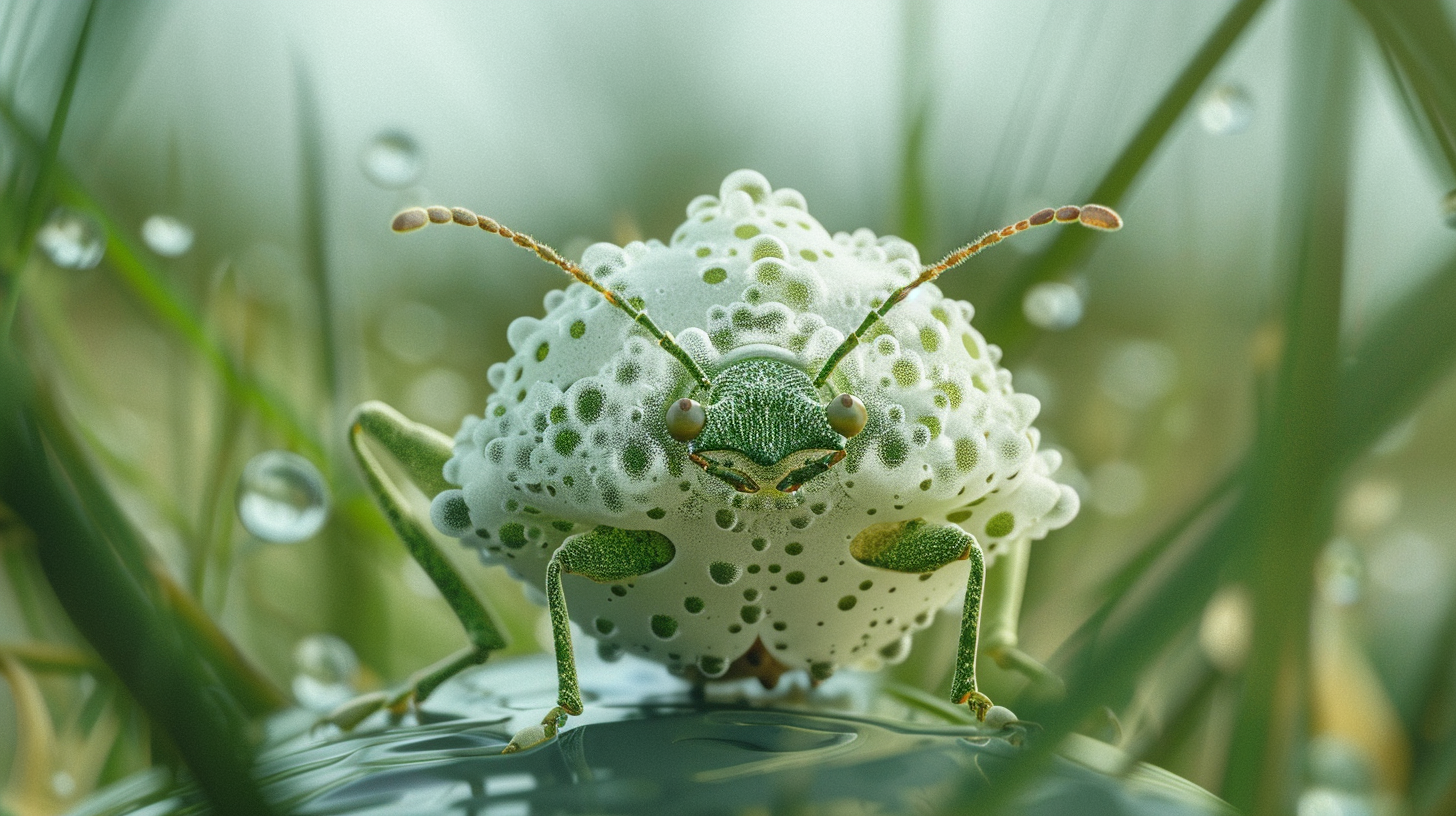
Spittlebug nymphs produce a frothy foam that surrounds them while they feed on plant sap. This foam protects them from predators and environmental conditions.
Jewel Beetles Detect Fires
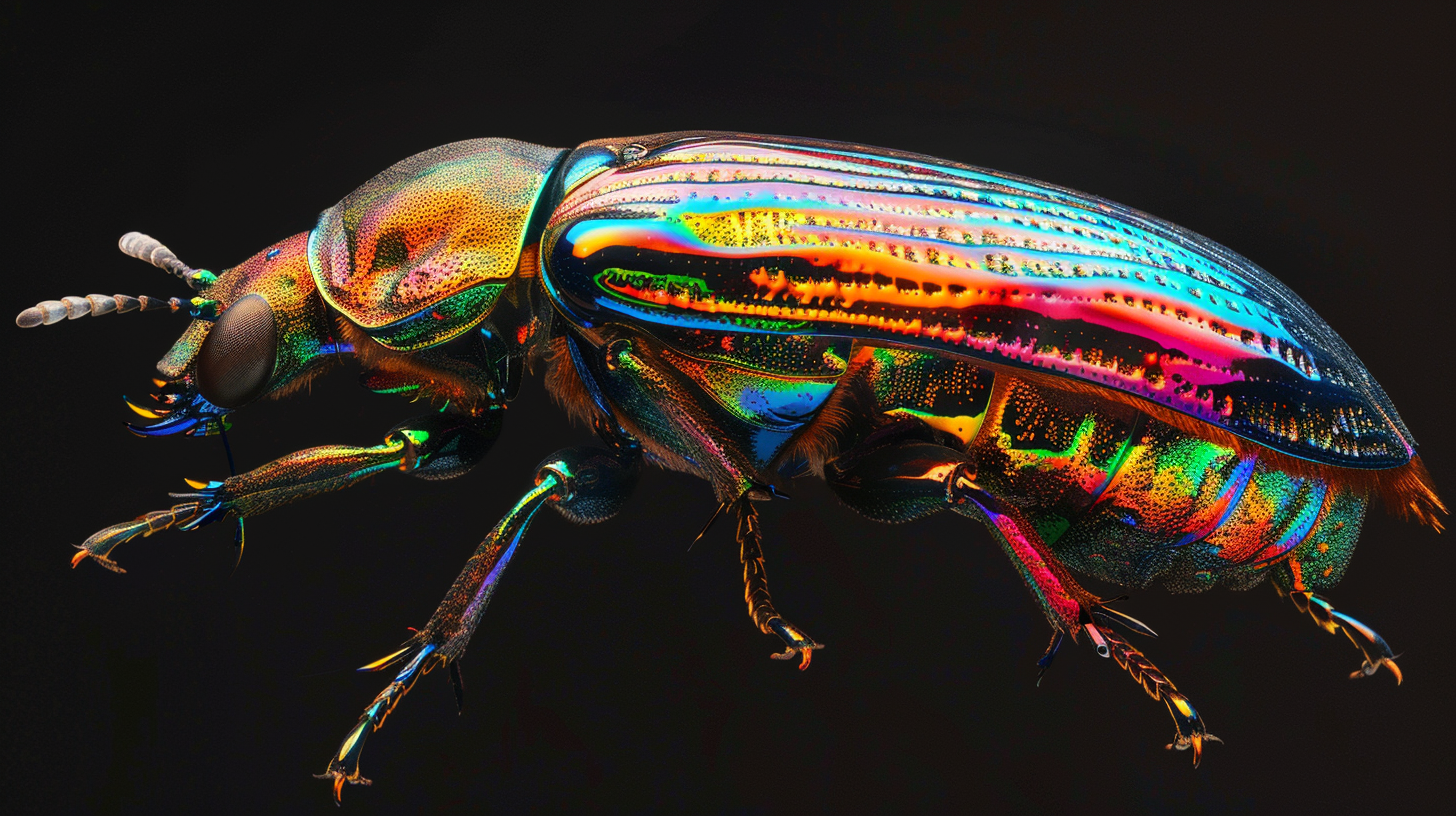
Jewel beetles can sense infrared radiation from wildfires. This ability helps them locate freshly burned trees, which they use for laying their eggs, ensuring a food source for their larvae.
Ellen has been obsessed with logic puzzles, jigsaws, and cryptograms since she was a kid. After learning she was taught how to play chess wrong by a family friend (so they could win), she joined her school chess club and the rest is history.
